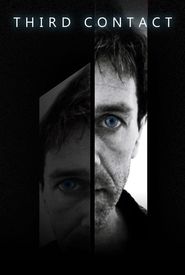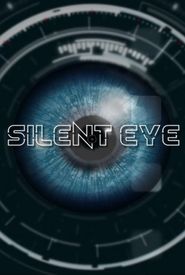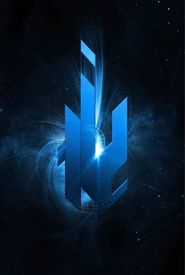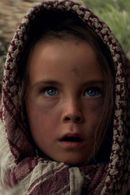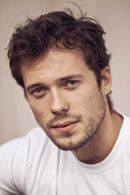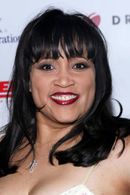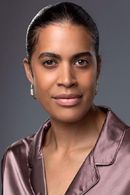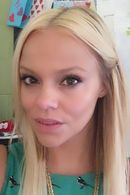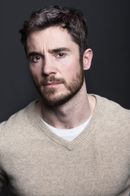Simon Horrocks was born on July 11th, 1965, in Palmers Green, North London, to Anthony Horrocks and Janet Youngs. His parents separated when he was just three years old, leaving him with one older brother, Nicolas Horrocks, and a younger half-brother, Nathan Horrocks.
Simon's early childhood was marked by a unique experience, as he spent part of his early years raised on an art and crafts commune in Somerset. This was largely due to his father's decision to leave his job as a lecturer at Hornsey School of Art and lead a group of artists to start an alternative life on a converted farmhouse.
Simon began making his own films at a young age, using a clockwork 8mm camera. At nine years old, his father moved to St Lucia, and Simon returned to his mother and stepfather, Iain Manson, in North London. The family later moved back to North London, where Simon has lived ever since, apart from a two-year stint in Brighton from 1988 to 1990.
Simon's artistic pursuits continued as he attended Middlesex University, where he completed a Foundation in Art & Design in 1983-84. During this time, he collaborated with Jonathan Glazer, who would later go on to direct films like "Sexy Beast" and "Under the Skin." Although Simon failed to secure a place at St Martin University's Fine Art Film program, he went on to pursue a career in music.
In 1991, Simon formed a pop-dance duo called Aquarius with his then-partner, Sarah Jane Fogg. Their debut single, "Hey Babe," was awarded "Single of the Week" by Melody Maker in January 1993, just two weeks after the birth of their first son, Titus. The single received significant airplay on Radio 1, thanks in part to legendary DJ John Peel.
Despite the exposure, the single failed to chart, largely due to the record label's failure to distribute it to stores. Simon and Sarah went on to produce Tara Newley's debut album for Trevor Horn's ZTT label and later worked for major publishing label Carlin Music, which was later acquired by Warner Chappell.
After separating from Sarah in 2008, Simon began working on his debut feature film, "Third Contact," which he shot on a consumer camcorder without a crew or budget. The film took three years to complete and premiered at the prestigious Hof Film Festival in Germany.
"Third Contact" made cinema history by being the first self-funded micro-budget film to screen during peak time at London's BFI IMAX and the first full-length fiction film to premiere in-theatre and simultaneously broadcast live to over 20 countries. The film received widespread critical acclaim, with award-winning critic Thomas Rothschild hailing it as a "masterpiece" and comparing it to the work of Evald Schorm and Ken Loach.

